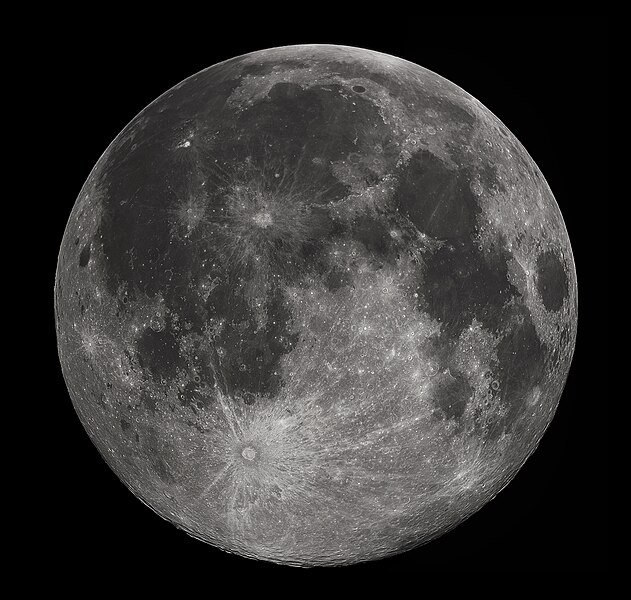
Tourists may someday follow in astronaut Eugene Cernan's footsteps on the moon from 1972. / NASA/Harrison H. Schmitt
Space architect John Spencer has a grand vision for the future of space
travel -- one with luxury space yachts and hotels, and dune buggy racing
on the moon.
"The more people who go, the more diversity, the more things you can do
-- the more they need to buy goods and services," he said. "It's limited
to what they can do now because of the cost and limited time on board
the space system, but that's going to grow as we have more facilities
and more people."
"There's about a thousand people on Earth, literally a thousand people, who look after the astronaut on the ground," he said.
Though the satellites that help us make those payments electronically are located in space, it's not as simple as people may think and there are a lot of questions, Marcus said. Companies still need to develop a process and governments need to decide on regulations and what unit of currency space travelers will use.
More - Link >>> http://www.cbsnews.com/8301-205_162-57591387/paypal-says-outer-space-is-its-next-frontier/
Source: CBS News.
Want to receive SpaceWatchtower blog posts daily in your inbox ?
Send request to < spacewatchtower@planetarium.cc >.
gaw
Glenn A. Walsh, Project Director,
Friends of the Zeiss < http://friendsofthezeiss.org >
Electronic Mail - < gawalsh@planetarium.cc >
About the Editor/Author: < http://buhlplanetarium.tripod.com/#GAW >
SPACE & SCIENCE NEWS, ASTRONOMICAL CALENDAR:
< http://buhlplanetarium.tripod.
Twitter: < https://twitter.com/spacewatchtower >
Facebook: < http://www.facebook.com/pages/
Blog: < http://spacewatchtower.
Author of History Web Sites on the Internet --
* Buhl Planetarium, Pittsburgh:
< http://www.planetarium.
* Adler Planetarium, Chicago:
< http://adlerplanetarium.
* Astronomer, Educator, Optician John A. Brashear:
< http://johnbrashear.tripod.com >
* Andrew Carnegie & Carnegie Libraries:
< http://www.andrewcarnegie.
* Civil War Museum of Andrew Carnegie Free Library:
< http://garespypost.tripod.com >
* Duquesne Incline cable-car railway, Pittsburgh:
< http://inclinedplane.tripod.
* Public Transit:
< http://andrewcarnegie2.tripod.











